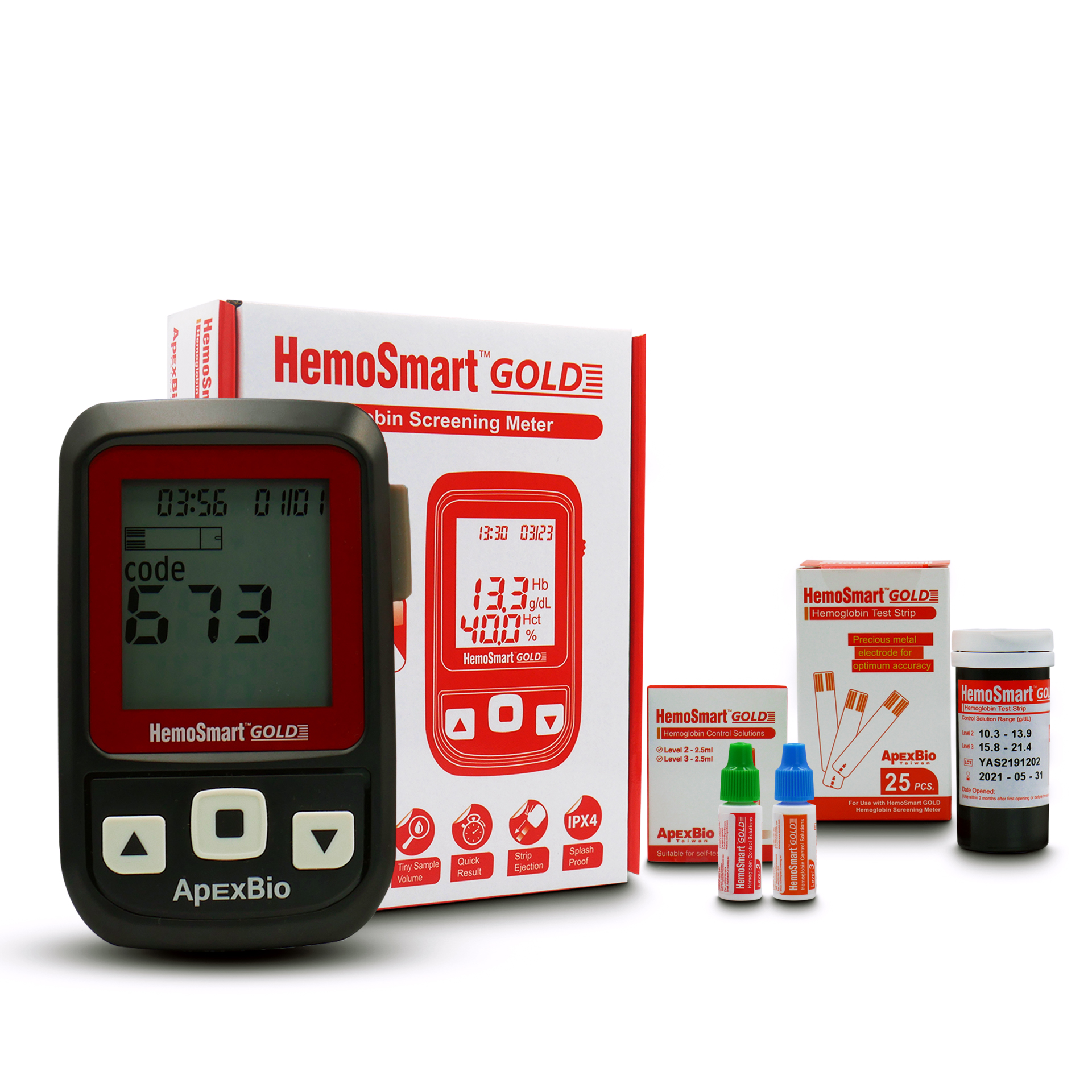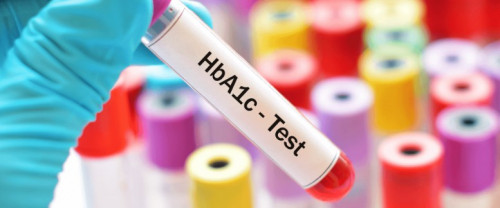A hemoglobin test measures the levels of hemoglobin in your blood. Hemoglobin is a protein in your red blood cells that carries oxygen from your lungs to the rest of your body. If your hemoglobin levels are abnormal, it may be a sign that you have a blood disorder. For more, read the following article
What is a hemoglobin test?
A hemoglobin test measures the levels of hemoglobin in your blood. Hemoglobin is a protein in your red blood cells that carries oxygen from your lungs to the rest of your body. If your hemoglobin levels are abnormal, it may be a sign that you have a blood disorder.
What is it used for?
A hemoglobin test is often used to check for anemia, a condition in which your body has fewer red blood cells than normal. If you have anemia, your cells don't get all the oxygen they need. Hemoglobin tests are also frequently performed with other tests, such as:
- Hematocrit, which measures the percentage of red blood cells in your blood
- Complete blood count, which measures the number and type of cells in your blood
Why it's done
You may have a hemoglobin test for several reasons:
- To check your overall health. Your doctor may test your hemoglobin as part of a complete blood count during a routine medical examination to monitor your general health and to screen for a variety of disorders, such as anemia
- To diagnose a medical condition. Your doctor may suggest a hemoglobin test if you're experiencing weakness, fatigue, shortness of breath, or dizziness. These signs and symptoms may point to anemia or polycythemia vera. A hemoglobin test may help diagnose these or other medical conditions
- To monitor a medical condition. If you've been diagnosed with anemia or polycythemia vera, your doctor may use a hemoglobin test to monitor your condition and guide treatment
What do the results mean?
There are many reasons your hemoglobin levels may be outside the normal range.
The healthy range for hemoglobin is:
- For men, 13.2 to 16.6 grams per deciliter
- For women, 11.6 to 15 grams per deciliter
There are many reasons your hemoglobin levels may be outside the normal range.
- Low hemoglobin levels may be a sign of:
- Different types of anemia
- Thalassemia
- Iron deficiency
- Liver disease
- Cancer and other diseases
- High hemoglobin levels may be a sign of:
- Lung disease
- Heart disease
- Polycythemia vera is a disorder in which your body makes too many red blood cells. It can cause headaches, fatigue, and shortness of breath
Measuring Hemoglobin Outside The Laboratory
Measurement of hemoglobin levels as part of the monitoring. POCT (Point of Care Test) tool in examining the hemoglobin levels in the blood, one of them is using HemoSmart GOLD Hemoglobin Screening Meter.

- HemoSmart GOLD Hemoglobin Screening Meter offers a quick and easy way to measure hemoglobin levels and is the world's first biosensor-based palm-sized hemoglobin testing system
- HemoSmart GOLD Hemoglobin Screening Meter only needs 1μL of blood
- The measuring range is wide, 4.0-24.0 g/dL. A wide measuring range will make HemoSmart GOLD Hemoglobin Screening Meter greatly facilitate the monitoring of hemoglobin in both low and high conditions
- Measuring time 5 seconds, HemoSmart GOLD Hemoglobin Screening Meter. can take a reading of the hemoglobin in the blood in a very short time so that the determination of the next action can be determined in a time-efficient manner
- Sample volume 1µL whole blood
With a very small number of samples and using whole blood cells (whole blood), HemoSmart GOLD Hemoglobin Screening Meter. can show the profile of hemoglobin in blood accurately, thus minimizing the risk of excessive pain in collecting blood test samples
With the information on the features and advantages above, it is hoped that it will make it easier for us to determine the measuring instrument for hemoglobin levels in the blood with HemoSmart GOLD Hemoglobin Screening Meter.
Reference:
- Aruch D, Mascarenhas J. Contemporary approach to essential thrombocythemia and polycythemia vera. Current Opinion in Hematology [Internet]. 2016 Mar [cited 2017 Feb 1]; 23(2):150–60.
- CBC with differential, blood. Mayo Medical Laboratories. Rochester, Minn.: Mayo Foundation for Medical Education and Research.
- National Heart, Lung, and Blood Institute [Internet]. Bethesda (MD): U.S. Department of Health and Human Services; Types of Blood Tests; [updated 2012 Jan 6; cited 2017 Feb 1]; [about 4 screens].
- National Heart, Lung, and Blood Institute [Internet]. Bethesda (MD): U.S. Department of Health and Human Services; What Do Blood Tests Show?







